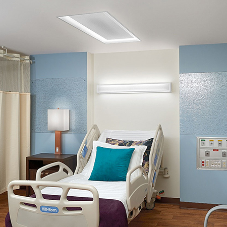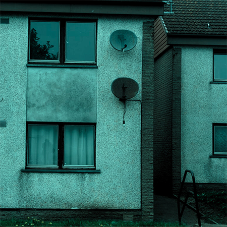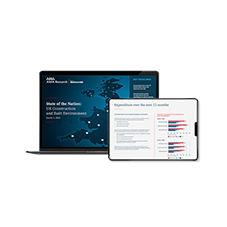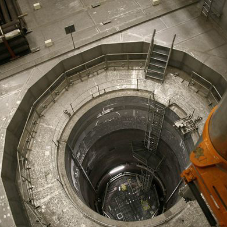Proper insulation is the key to designing an energy-efficient structure. The right insulation automatically helps maintain an ambient temperature in the home, reducing the overall energy usage, which is good for the environment as well as your wallet. This is an important design aspect for residences as well as for large construction projects.
Modern architecture makes use of a large amount of glass and it is very common to see high-rises and fancy structures with a façade that is made largely of massive glass sheets. Though this lends a lot of natural light to the interiors, it also allows more heat and cold to enter the space. The only way to offset this effect would be to have additional insulation in the construction.

However, traditional insulation techniques are very harmful to our health and to the environment. Materials such as foam, fibreglass wool and asbestos are being discarded in favour of more environment friendly materials such as sheep wool, recycled denim and icynene. All of these are the absolute latest in insulation, with stress being laid on green products that also pose no threat to our health. Older materials contained chemicals or fine particles that would permeate the air. Inhaling these could lead to chronic and sometimes life threatening diseases such as asthma and cancer.
The New Insulation Materials
When using insulation in construction, the rule of thumb is, the thicker the insulation, the more energy efficient the construction will be. It is important that the ceilings are insulated appropriately as well. This provides a “sandwiching” effect.
The different eco-friendly insulation materials include:
• Blanket or Batt Insulation - This is available in roll or batt form. The widths of these rolls correspond to the standard spacing in wall studs and floor joists. Cotton and wool batts are now easily available. Wool has been used for centuries to make warm clothing but it took the modern world a long time to figure out that it could be used in building insulation as well.
• Demin Insulation - This interesting insulation material is made from recycled denim and is totally non polluting. Though this was initially used primarily in residential projects, it is now being incorporated into larger, commercial ones as well. Installation is quick and no special protective clothing needs to be used while working with this material.
• Loose Fill Cellulose - Cellulose is a formaldehyde-free product. This insulating material is made out of recycled newsprint. Treating it with natural binding products makes it fire-resistant.
• Spray-In Foams – These foams are made of natural soy and are as functional as conventional spray foam sans the formaldehyde.
• Aerogel - Aerogel is a very futuristic material. It is frozen silica smoke that is essentially 99% air. This super-porous silicon foam is amazingly light, strong and has incredible insulation properties. It is transparent and light and is now used to manufacture skylights and windows, so architects don’t really have to compromise on design any longer to save on energy costs. It can also be used on ceilings and walls to keep the heat or cool air-conditioned air in.
Selecting the right insulation material goes a long way in reducing energy costs. Using them efficiently can reduce energy costs in any building by 10-30%. Most large companies who manufacture environment friendly insulation products also customise them to client specifications. This means structures can now have tailor-fit insulation solutions.

Ventilation: An Important Aspect Of Architectural Energy Efficiency
In keeping with the green trend, newer homes are built tightly to save energy but sometimes, this can backfire and create problems resulting from inadequate ventilation. Studies show that the air inside a home can be several times more polluted than the outside air. If the ventilation is not enough, the microbial pollutants can create a toxic environment within the home. Incorporating proper ventilation is an important aspect of architectural energy efficiency.
This article has been produced on behalf of Cadisch MDA, one of the country’s most respected suppliers of architectural metal, expanded metal (http://www.cadischmda.com/meshtec-expanded-metal.asp) and metal cladding.
Related Blog Articles



crop192.png)












